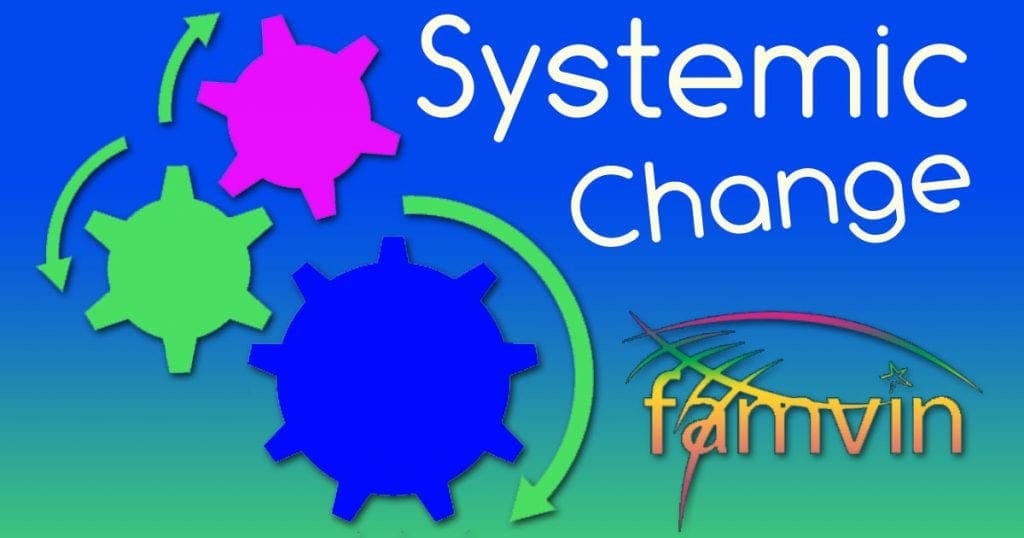 Recently, I reflected on the announcment of the Vincentian Family Homeless Alliance using the lens of the “Intersection between Urgent Need and Lasting Impact.” I would like to continue the reflection standing at a different intersection…the intersection between an organizational plan and a personal commitment.
Recently, I reflected on the announcment of the Vincentian Family Homeless Alliance using the lens of the “Intersection between Urgent Need and Lasting Impact.” I would like to continue the reflection standing at a different intersection…the intersection between an organizational plan and a personal commitment.
When I made the time to read the plan of the Vincentian Family Homeless Alliance I experienced a wide range of positive feelings – excitement, awe, pride, and hope. Excitement gave rise to awe at the thoroughness of the plan. Pride at being a part of the Vincentian Family spawned hope that maybe, just maybe, this project can truly bring about the systemic change it aims at regarding homelessness.
Yet, my mind wandered back to the earliest official efforts at Vincentian Family Collaboration to address major problems.
Since 2003 the family as the VIncentian Family has attempted to foster systemic changes collaboratively with regard to various common problems. Father Maloney wrote in a Circular Letter from the Leaders of the Vincentian Family May 10, 2003:
“This year at our meeting in February we also decided, for the first time in our history, to unite our energies as a Vincentian Family in a common “political action” aimed at the eradication of malaria…. The goal of a “political action” campaign is to express the views of our Vincentian Family clearly, with a united voice, to those who have power and the economic resources needed to effect a change.”
In 2007 the Congregation of the Mission inaugurated “systemic change awards.” The purpose of the award, as reiterated by the Superior General of the Congregation of the Mission, Gregory Gay, in his January 25, 2007 letter to the Congregation “is to stimulate our efforts at evangelization and service to the poor throughout the world.” Other branches of the Family have initiated their own awards aiming to foster systemic change.”
Then, in a letter dated May 31, 2007, Vincentian Family Leaders called for a focus on projects focused on “systemic change.”
Yet, after almost 15 years, we are just at the beginning of our efforts at collaboration as a Family.
I began to ask myself what might be different about this project that promises a fulfillment of hope. Using a construct often used by former Superior General Robert Maloney, in many regards the modern champion of collaboration in our systemic change efforts, I asked myself what might the “horizon shifts” or changes that provide new seeds for hope.
As mentioned in the previous reflection, three streams have come together reinforcing each other – growing awareness of the wider family, the power of collaboration and the potential impact of addressing root causes.
Which brings me to a new intersection… the intersection between an organizational plan and a personal commitment. Or I might be put it as the intersection between Top Down or Bottom Up!
It is wonderful to have well-developed organizational plans. But we must not forget the need for personal commitment from the troops.
This intersection raises the question of corporate conversion. Sr. Gert Foley, then leader of the Sisters of Charity of Greensburg, raised this issue in a seminal presentation to the Vincentian Family gathered on the campus of St. John’s University in 1999.
She drew attention to the double-edged sword of Vincentian pragmatism. Our focus on immediate needs shows a history of being blind to understanding underlying causes and long-range solutions. Pope St. John Paul reminded and challengedVincentians in 1986 to recover this forgotten truth. We exhaust ourselves in trying to stop the bleeding. So we have little interest in or strength for looking at root causes.
Yet that same Vincentian pragmatism can trigger “buy-in” once people understand that it is not an “either or” but the Vincentian “both-and.” But we still have a lot of work to do in helping people see that connection.
One of the aspects of the plan that excites me is the attention given in it to forging the commitment of the troops to the vision.
Too often in the past, we relied on a letter or a powerpoint, expecting them to carry the weight of fostering engagement up and down the line. Much of the proposed plan is dedicated to the communication and formation necessary for engagement.
A major factor in the success or failure of the proposed plan will be communication that fosters engagement of all concerned.
PS. Some years ago a newly hired faculty member at St. John’s University wrote a provocative essay about his new situation at the intersection of Grand Central Parkway and Utopia Parkway. What he forgot was the other intersection of the campus was Union Turnpike. But that could be another intersection from which to reflect.







Dear John, I also share the “when and how” with you. I have been working on this problem of homelessness in my head for several years now. God has told me that
the time is now. Then come the “situations”, the “what it’s”, the “should we, could we”” of legalities and monetary issues. Why is every attempt made so difficult? Why is there no one else that will stand up with you, but say “That’s a wonderful idea. How are YOU going to make it work?” No ownership. No compassion. It’s just MY dream to create this. Yes, it is my dream – but for the good of SO many! I ask for prayers, that GOD’s dream be created, not just mine.